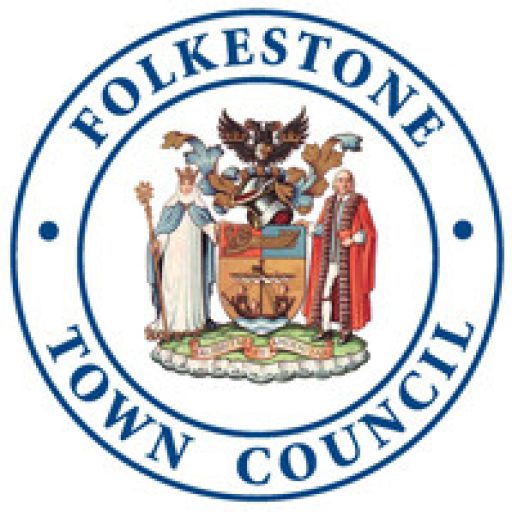Highway improvements in your area
Folkestone Town Council is working with Kent Highways to look at potential improvements to the roads in your area.
This page provides an overview of the process, plus the next steps.
The Highways Team at Kent County Council consult with Town and Parish Councils to create a plan for highway improvements in each parish. This is known as a Highway Improvement Plan, or HIP for short.
The main stages to create the Highways Improvement Plan are:
KCC Highways team receive many hundreds of requests each year. They aim to deliver one or two projects for each parish each year. Some items can be implemented quickly, while other items take substantial planning and resources, so naturally take longer.
Folkestone Town Council, through informal feedback links, residents associations, councillors, comments on social media and local knowledge, are made aware of a number of issues in the roads around the town.
KCC Highways have to make tough decisions on where to invest in traffic and road safety, and this means they cannot always make changes that residents feel are needed. They generally prioritise locations where evidence shows crashes are occurring, which are resulting in personal injury and where there is an engineering solution that may reduce the number or severity of these.
Sometimes data is not readily available and residents can sign up to the Community Speedwatch Scheme to help bolster their claims. Further details of how to become a member of Speedwatch can be found by clicking here.
Folkestone Town Council currently share Speedwatch equipment with Sandgate Parish Council and can lend this out to those trained to use the equipment.
In many cases road traffic accidents and blockages are caused by driver behaviour, which cannot be reduced by changing the road or what are called ‘engineering measures’ alone.
Prior to submitting the HIP, Parish/Town Councils/Members prioritise the improvements they would like to see within their parish/ward with feedback from the local community. This is based on the highway issues and opportunities, plus feedback from the wider community. A HIP Working Group, made up of Town Councillors and Officers, will create and submit the initial Highway Improvement Plan to KCC Highways team. This is a ‘living document’ and can be updated at any time.
KCC Highways team will review the areas put forward by checking the crash history of the site and gathering data and local knowledge. If there is no history of crashes, then they are unlikely to take forward a scheme unless there is significant support from your local community representatives, or there is significant data collected by Speedwatch for example.
If there is no significant support from the local community, then it would be very difficult for your request to become a priority.
Once issues have been identified, assessed and agreed, funding is sought from various sources, such as the county or parish council. This can take some time (some schemes can take over a year before the relevant funding can be obtained). This is then reported to the local district Joint Transportation Boards. Proposed schemes may be subject to additional consultations.
Once the scheme is given the go ahead your local councillor will be able to inform you of the progress and possible completion dates.
Any day-to-day maintenance issues can continue to be logged via the online reporting tool by visiting kent.gov.uk and selecting ‘report a problem’.
The HIP is an ongoing pro-active way of prioritising ideas and concerns about highways improvements. Members of the public are encouraged to make contact with their Ward Councillor or County Councillor with any matters regarding their local area.

Please enter your search and press the Search button.

Folkestone Town Council is closed from 24th December for the holidays and will reopen on Monday 5th January, with the Town Hall reopening on Tuesday 6th January with the usual opening times of 10am – 4pm. Please note that Folkestone Museum will reopen on Saturday 3rd January.
In the case of an emergency, such as a threat to health and safety, please call the Folkestone and Hythe District Council emergency number on 0300 003 0247.
Season’s greetings.